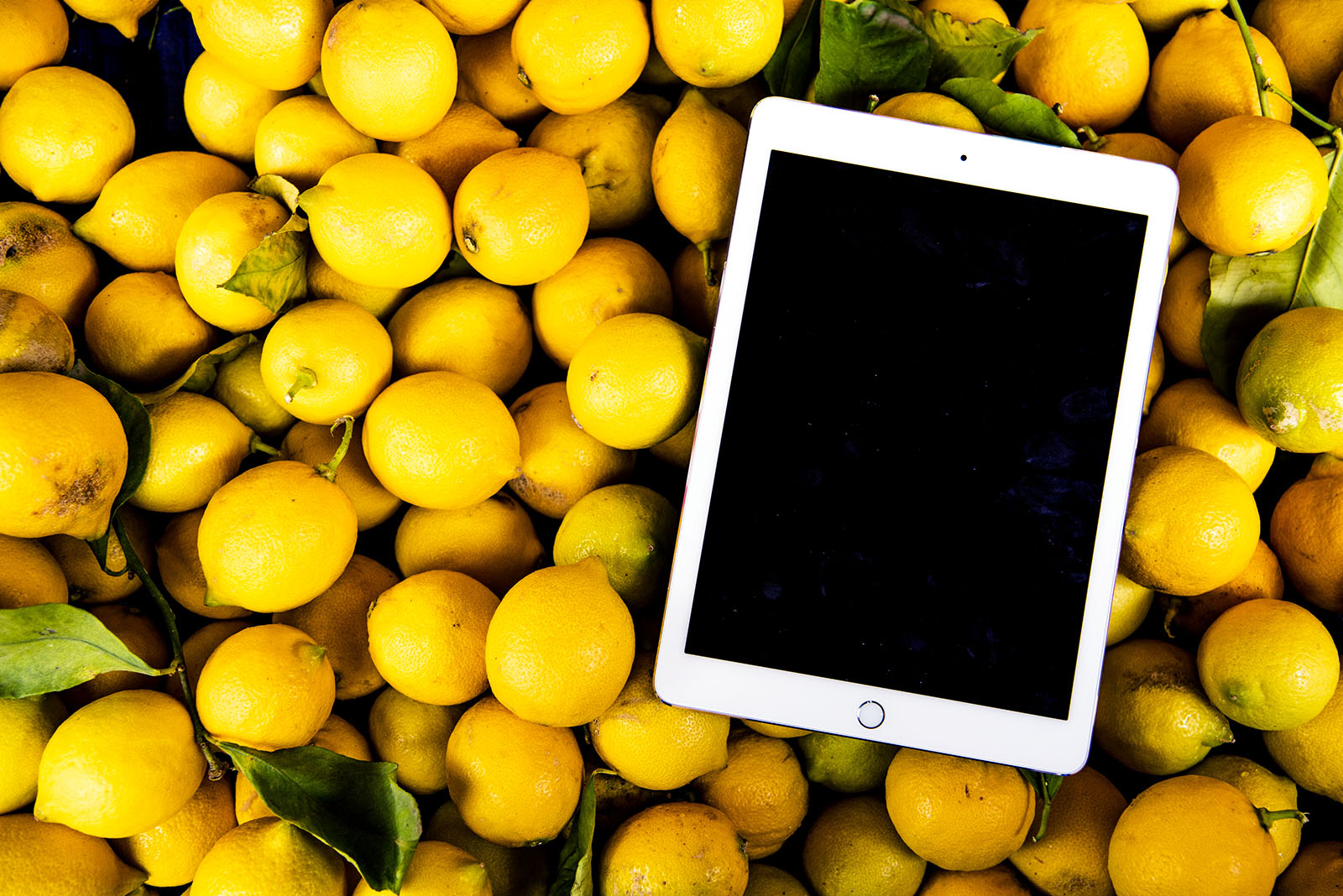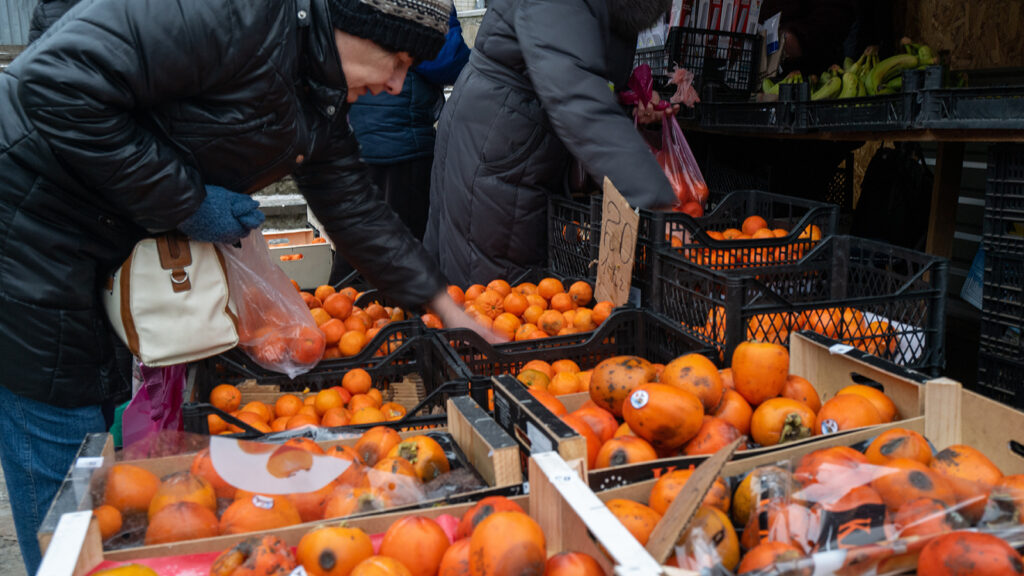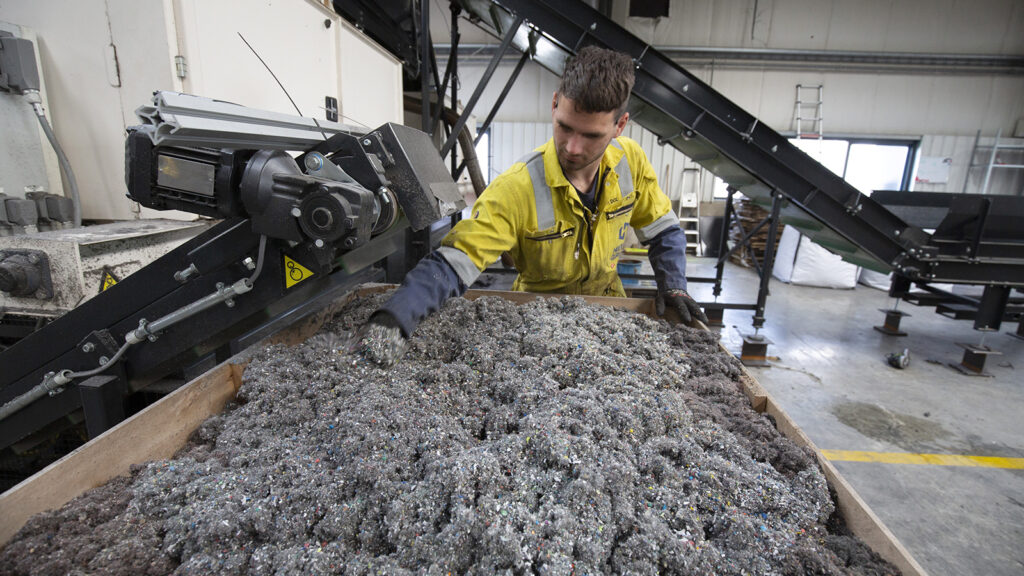The Data Revolution That Can Transform Food Production Has Arrived

A key part of making farming sustainable in the future is ensuring that farmers make enough money to support their families and become more resilient to future shocks. Technology is already helping with that.
Photo: Pexels
Mobile payment systems, artificial intelligence, blockchain — such digital innovations have exploded in the last few years, and with good reason. Their capacity to harness vast amounts of data means they can improve transparency and decision-making for all kinds of industries — not least of all, for food production.
The current pandemic has exposed how vulnerable global supply chains are to disruption. These technologies not only have the potential to push entire food supply chains — all the way from farmer to consumer — toward greater sustainability, but they can also help improve resilience to future shocks.
Data-Based Farming
If we want to continue feeding the world’s ballooning population and preserve the world for future generations, we must make farming environmentally sound and socially responsible. In short, we want farming that can be sustained into the future.
A key part of that is ensuring that farmers can make enough money to support their families and become more resilient to future shocks. Technology is already helping with that: Precision farming, for example, employs sensors, robots and IoT-powered devices (computing devices that wirelessly connect to a network and transmit data) to take over some day-to-day farming chores. This frees up farmers to focus on long-term planning and profitability.
Unfortunately, most of the world’s 500 million smallholder farmers (who manage 75% of the Earth’s agricultural lands) don’t have access to those potent technologies. But they, too, can benefit from innovations, such as mobile apps like FarmGrow, which was developed by the Rainforest Alliance with the Grameen Foundation in Indonesia, Ghana and Côte d’Ivoire for smallholder cocoa farmers.
By creating a seven-year business plan based on individual household data and the agronomic status of each cocoa plot, FarmGrow offers tailor-made, ongoing recommendations to increase sustainability and productivity — and therefore, profitability — on existing cocoa land. The app’s remote-sensing and artificial intelligence features further help farmers to know, for example, where sickly trees may be located or where farm borders could be encroaching on forests; they also track production and help farmers make better decisions.
All players in the food supply chain must work together to ensure that these emerging technologies catalyze an era of more responsible farming.
Enhancing the Quality of Audits
Technology is improving on-farm audits, which are the investigations that are conducted periodically to verify if farms are complying with certification requirements. Conventional audits, which rely on manual checks of farms, have no way of determining, for example, where forests previously stood on the outskirts of farms. GPS maps of farm locations, combined with satellite imagery and maps of protected areas, now make it possible to detect deforestation and even pinpoint the areas at the greatest risk for future deforestation.
We can see if farms are too close to the border of a national park or if crop planting is getting too close to water bodies. This kind of data allows for more targeted advice and training on the ground, while also making in-person audits more efficient and effective.
Blockchain Creates Better Food Chains
Blockchain is perhaps best known as the technology employed by bitcoin and other cryptocurrencies, but its applications go well beyond online payments. This tamper-proof public ledger, which provides a permanent and unalterable record of transactions, is making its mark on food supply chains, as well.
It can, for instance, be used to track where an ingredient was sourced and the amount of carbon it generated before ending up on our plates. With companies increasingly facing pressure by governments, consumers and non-governmental organizations to disclose more information about their supply chains, many are starting to test blockchain for increased transparency and traceability. This could help identify potential risks in supply chains, provide insights into supply-chain efficiencies and track sustainability progress. IBM Food Trust, a high-profile blockchain-based food traceability program, can trace food back to its source in a few seconds. Agribusiness giants Carrefour and Walmart have signed on to use it and have begun asking suppliers to upload data and insights about the products sold in their stores.
Connecting Producers and Consumers
Technology is also helping connect consumers to the origins of the products they purchase. Quick response (QR) codes on packaging are increasingly giving consumers a fast way to find out, through their smartphones, the origin of a product’s ingredients or its journey from source to shelf. Another exciting innovation is the Circular Supply Chain initiative, which lets consumers send a direct tip to producers who are working sustainably. Or, look at the leading Dutch food retailer Albert Heijn, which is using QR codes to provide consumers with a map tracing the journey of orange juice and even including the percentage of juice that comes from certified orange groves.
These and other emerging technologies — such as artificial intelligence, 5G, augmented and virtual reality — are likely to transform supply chains in the years to come. All players in the food supply chain must work together to ensure that these technologies catalyze an era of more responsible farming. We need future farming to be environmentally and socially sound, to drive more value to both producers and consumers and to help achieve a more resilient future.








